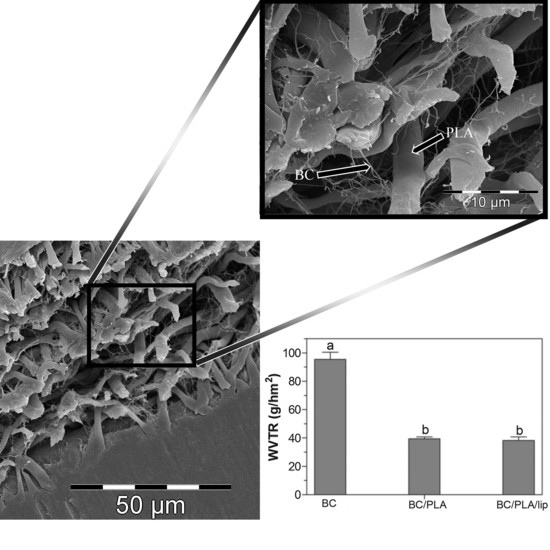In Situ Self-Assembled Nanocomposites from Bacterial Cellulose Reinforced with Eletrospun Poly(lactic acid)/Lipids Nanofibers
Abstract
Share and Cite
Xiang, C.; Acevedo, N.C. In Situ Self-Assembled Nanocomposites from Bacterial Cellulose Reinforced with Eletrospun Poly(lactic acid)/Lipids Nanofibers. Polymers 2017, 9, 179. https://doi.org/10.3390/polym9050179
Xiang C, Acevedo NC. In Situ Self-Assembled Nanocomposites from Bacterial Cellulose Reinforced with Eletrospun Poly(lactic acid)/Lipids Nanofibers. Polymers. 2017; 9(5):179. https://doi.org/10.3390/polym9050179
Chicago/Turabian StyleXiang, Chunhui, and Nuria C. Acevedo. 2017. "In Situ Self-Assembled Nanocomposites from Bacterial Cellulose Reinforced with Eletrospun Poly(lactic acid)/Lipids Nanofibers" Polymers 9, no. 5: 179. https://doi.org/10.3390/polym9050179
APA StyleXiang, C., & Acevedo, N. C. (2017). In Situ Self-Assembled Nanocomposites from Bacterial Cellulose Reinforced with Eletrospun Poly(lactic acid)/Lipids Nanofibers. Polymers, 9(5), 179. https://doi.org/10.3390/polym9050179






